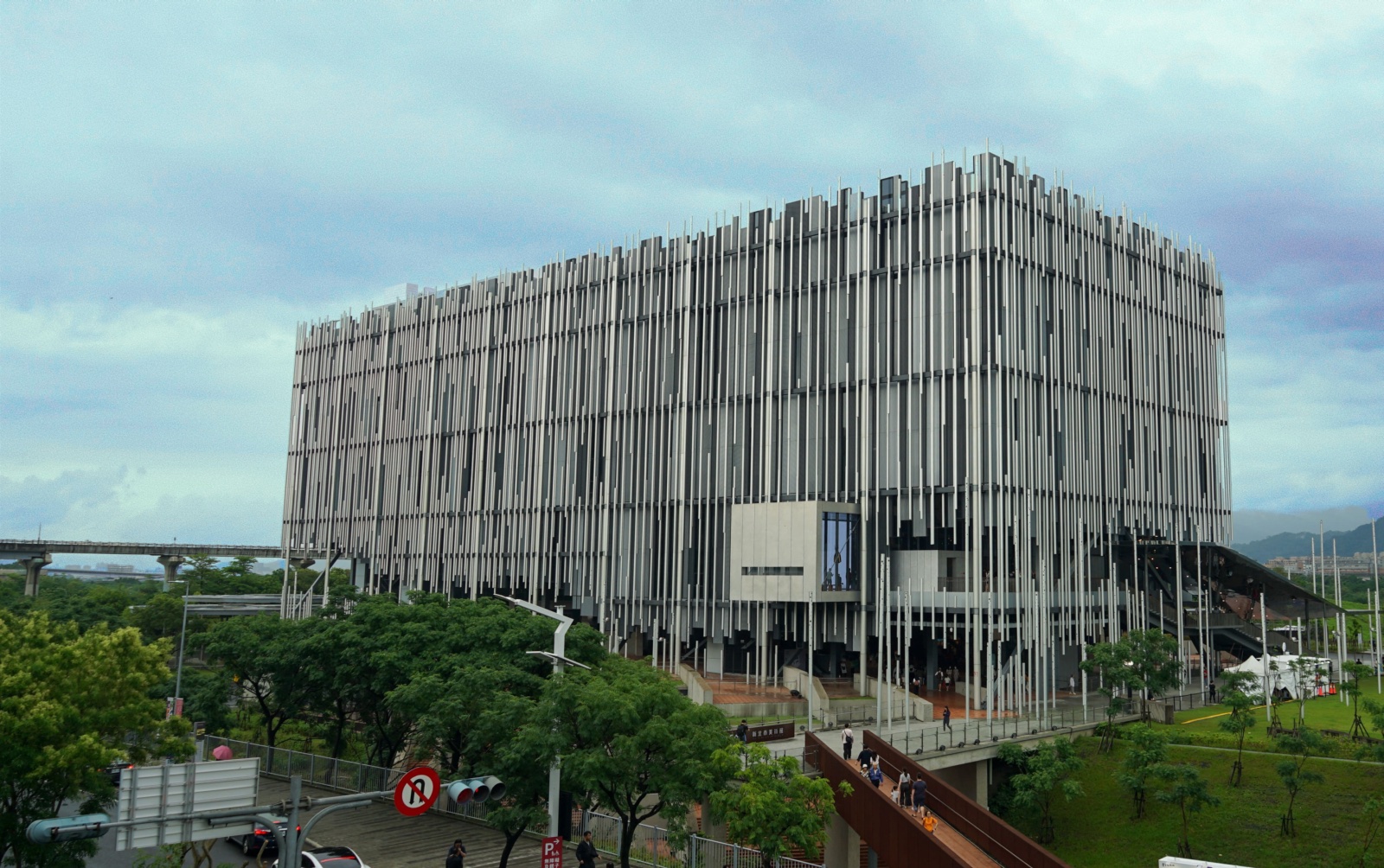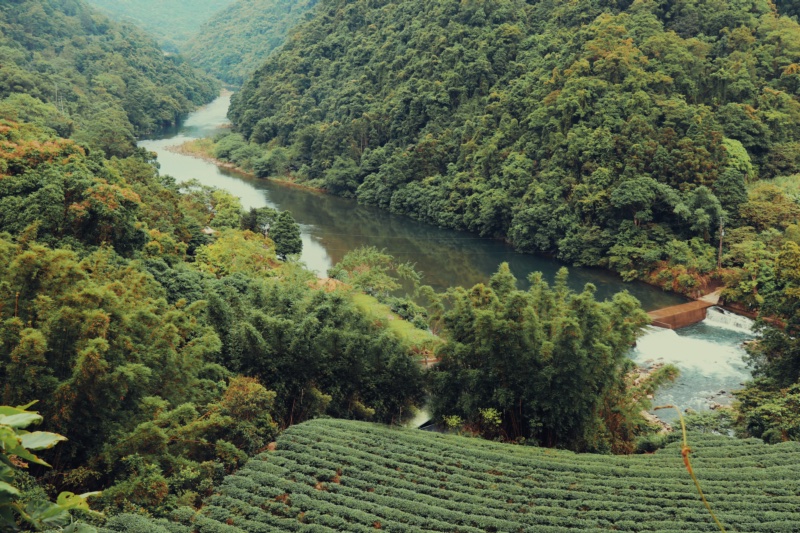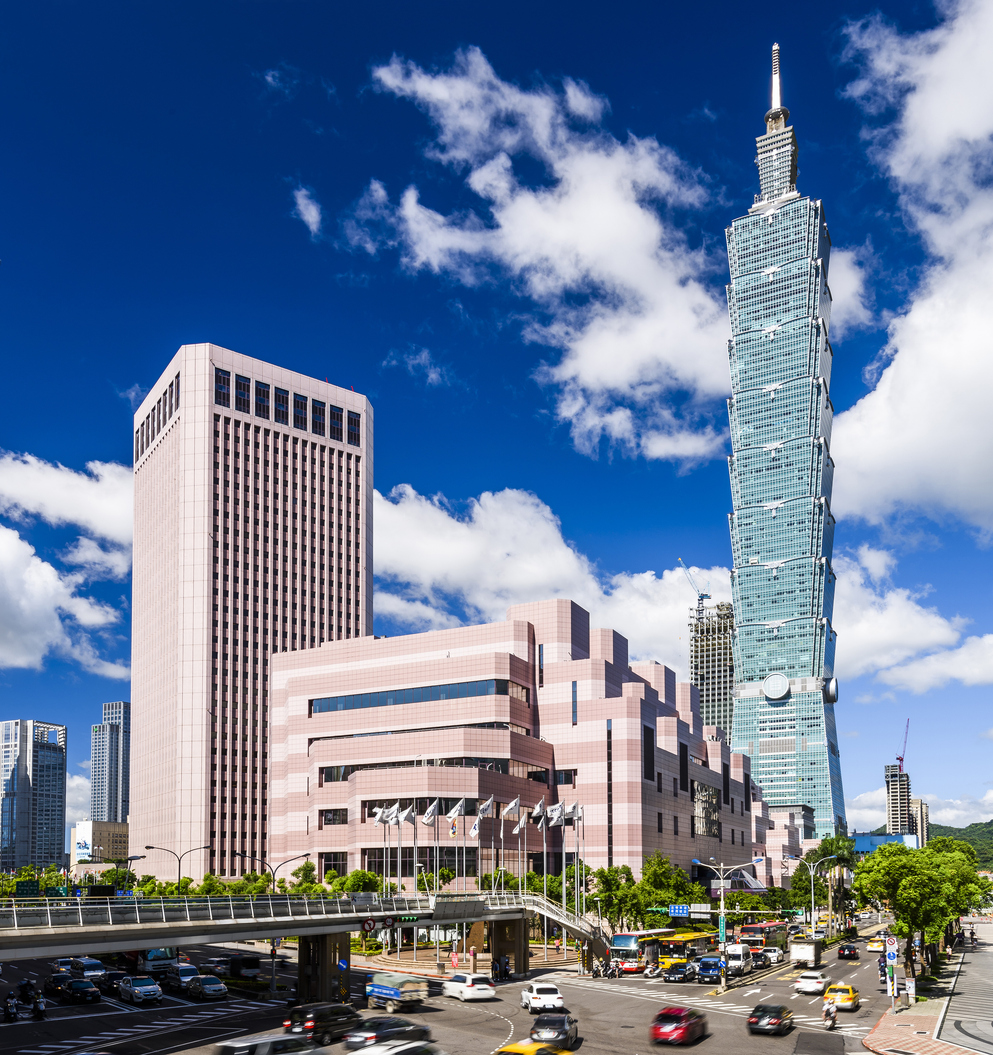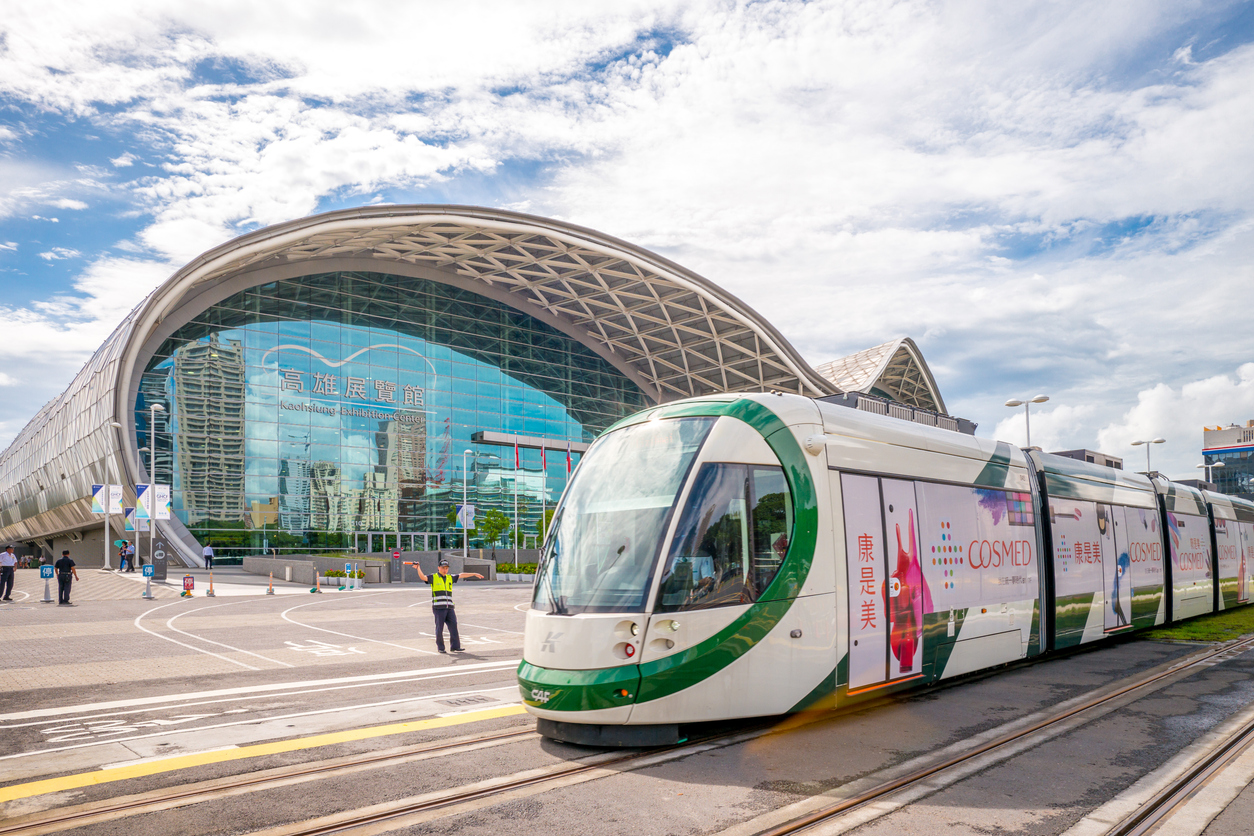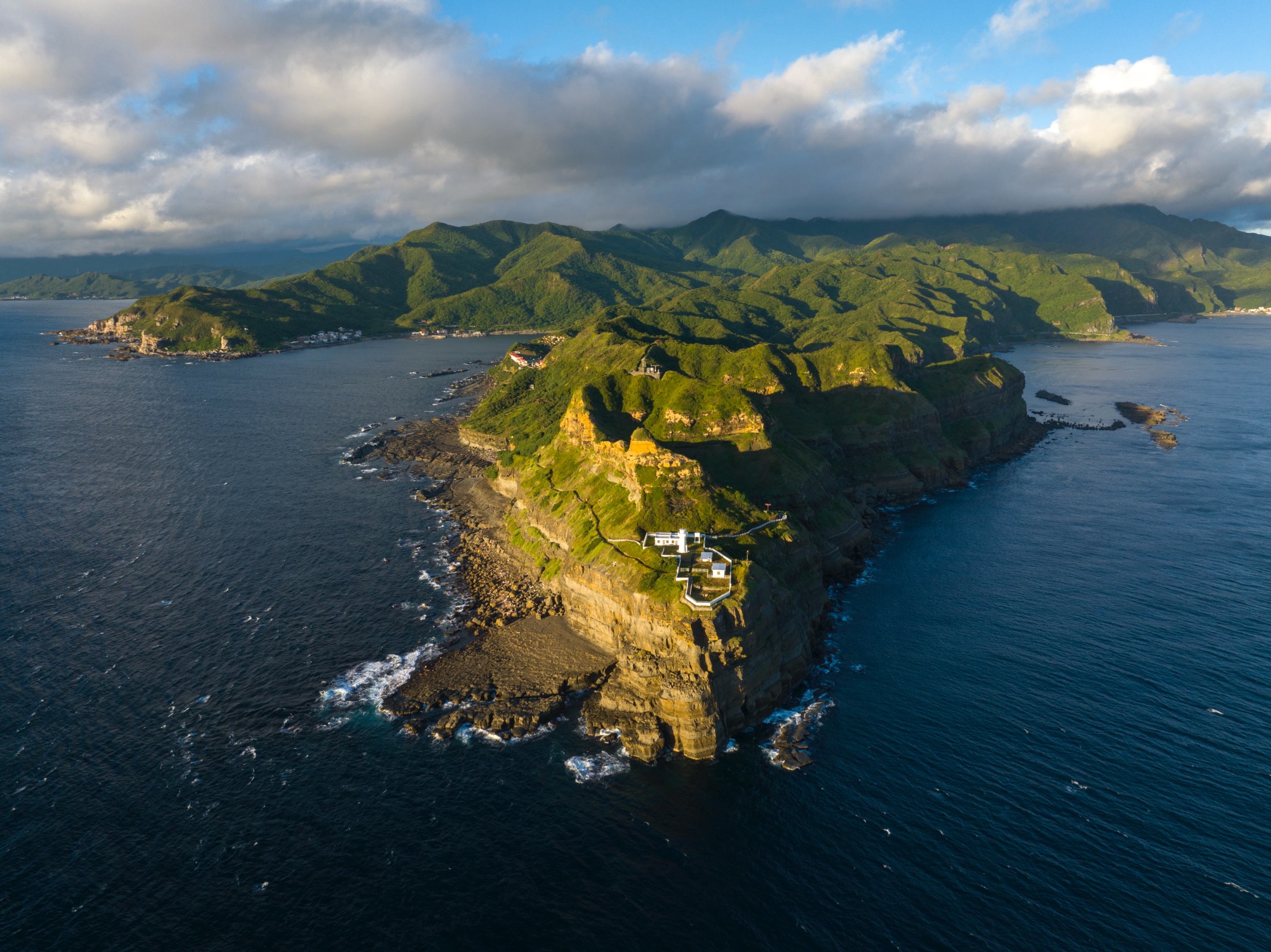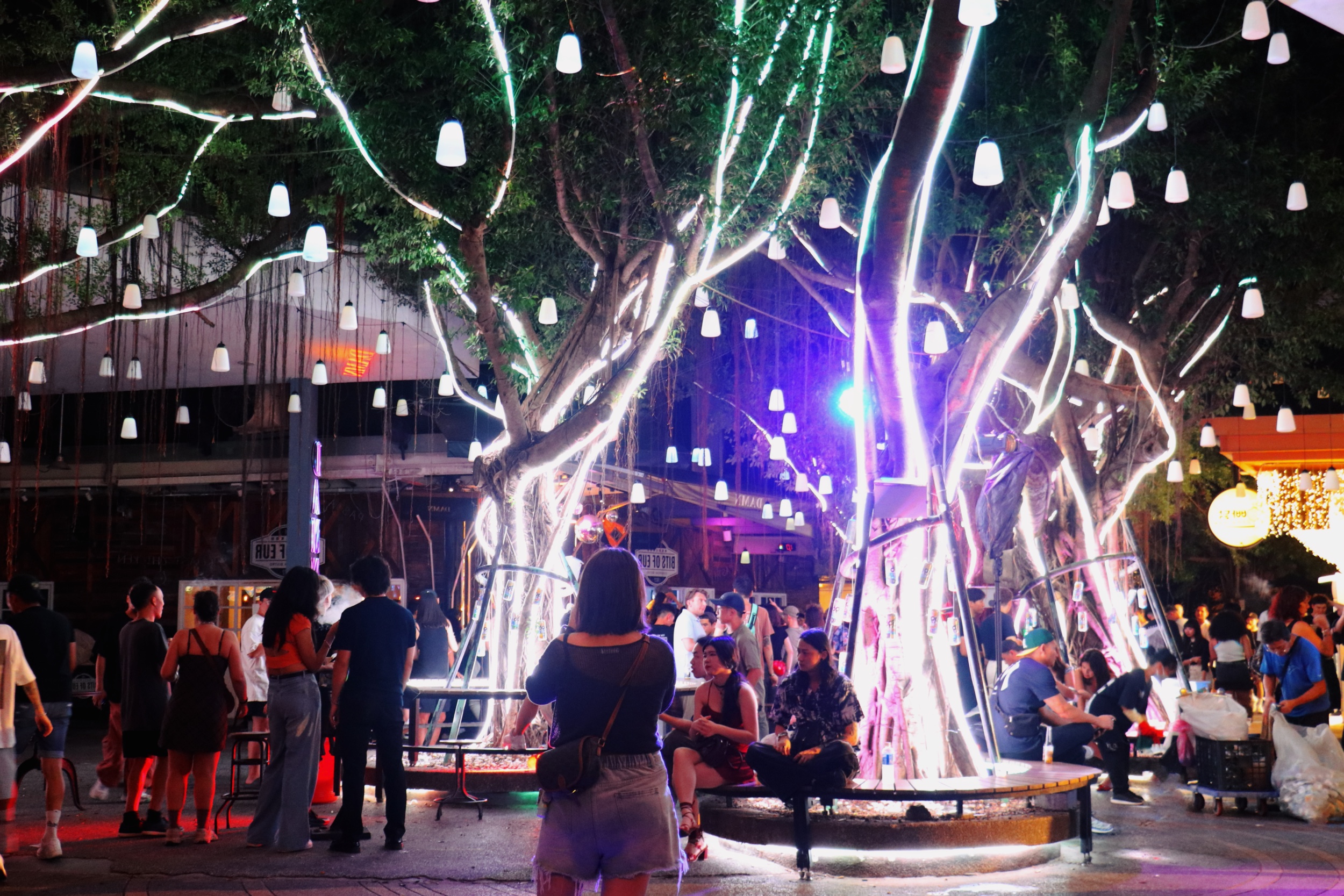Author Chris van Laak
Photographer Chris van Laak
Editor Levarcy Chen
Taiwan has many world-class institutions of fine and performing arts, along with many hidden gems. An in depth art trip in Taiwan hopping from one art space to the next would keep the most dedicated art-lover busy for weeks, and oftentimes they wouldn’t have been able to see them all by the end of the trip.
Until now, I’ve always suggested the three art museums that everybody should see, even if they sojourn just a few days in Taipei. They are the Taipei Fine Arts Museum (TFAM), the Museum of Contemporary Art (MOCA) and, of course, the National Palace Museum being a must-see.
I used to say the latter was ‘well worth the trip from central Taipei’—and now that the Big Three have become the Big Four, the case for making that journey feels stronger than ever.
Linking past and present
A 20-minute ride on a local train from Taipei Main Station is all it takes to get to Yingge (鶯歌), where the New Taipei City Art Museum (NTCAM) has been welcoming visitors since mid-April.
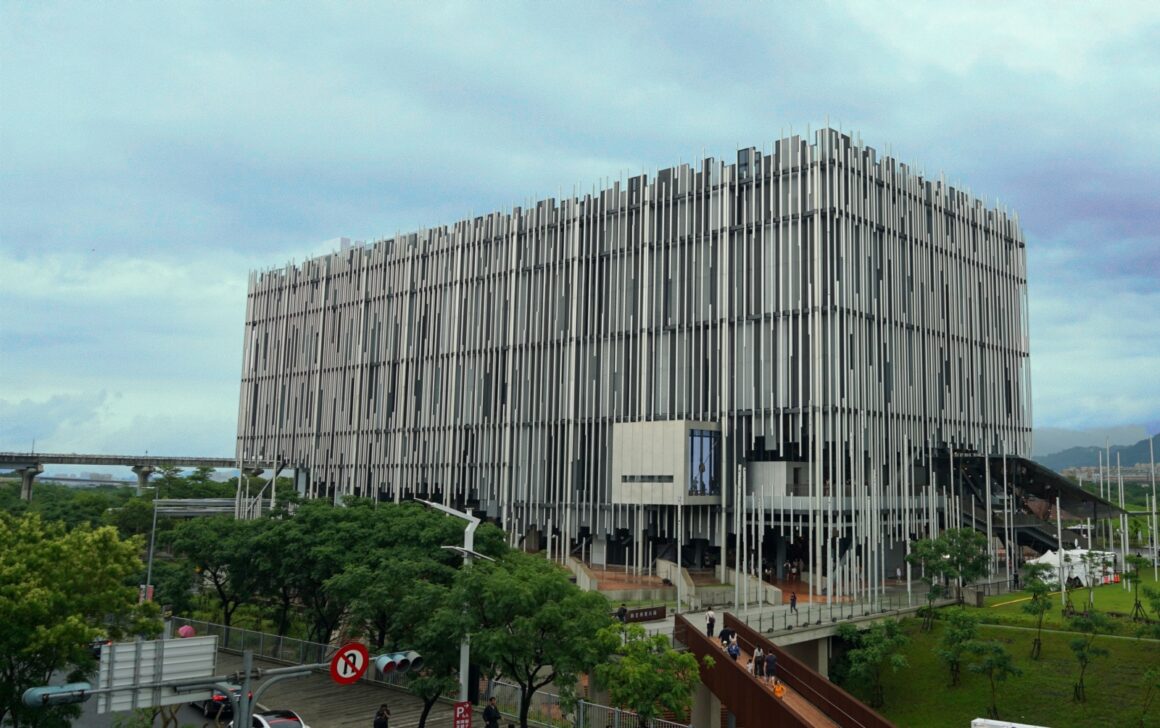
After a short walk from TRA Yingge Station, NTCAM appears as a solid block of steel and glass engulfed in a thicket of aluminum “reeds” as it slightly towers over the riverside park. Elevated on stilts, the museum, with its five floors of exhibition spaces, nonetheless seems to float weightlessly, looking as if it’s defying gravity. It also creates a notable contrast to the lush green hills of Sanxia District (三峽) in the background.
It’s impossible to mistake NTCAM for just another corporate headquarters of a tech company . Its architecture is a bold statement which is something that has never been seen in Yingge.
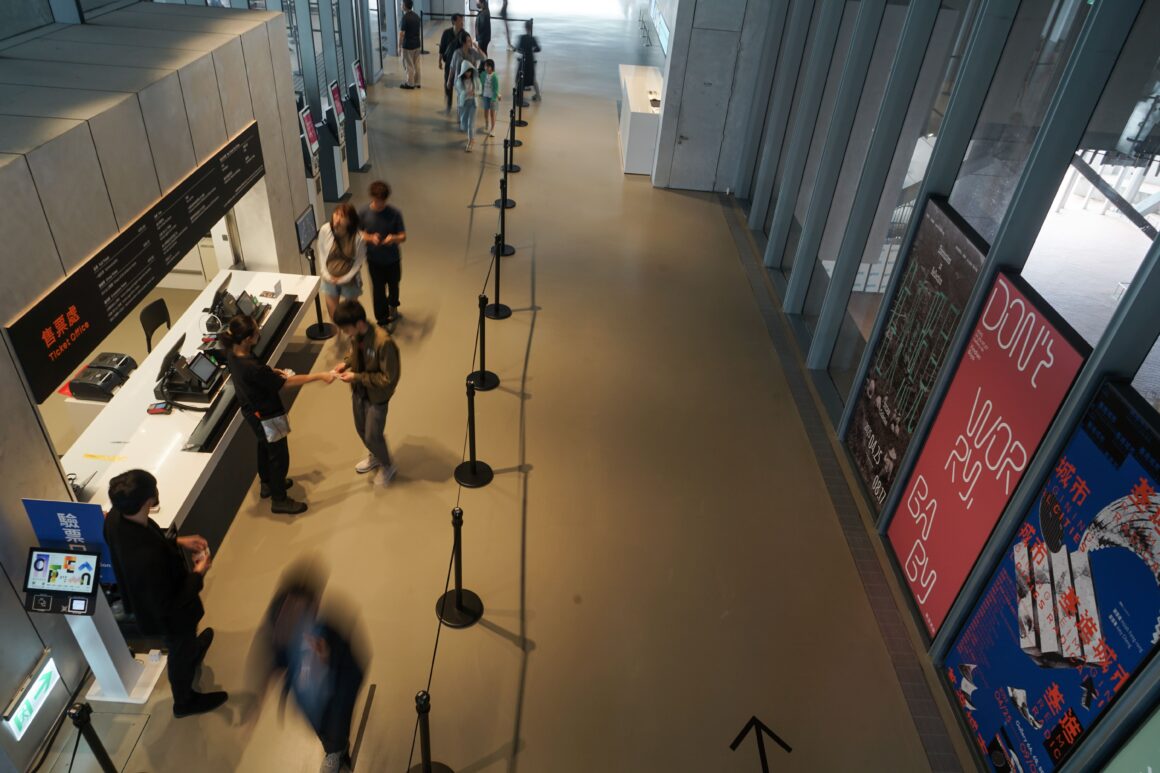
The area has a long artisan history and is most well-known for its traditional pottery. Legend has it that Yingge has started to gain fame for its celadon and wood-fired pottery over 200 years ago when a migrant from China’s Guangzhou Province called Wu An (吳鞍) introduced the craft. In today’s Taiwan, Yingge is almost synonymous with pottery.
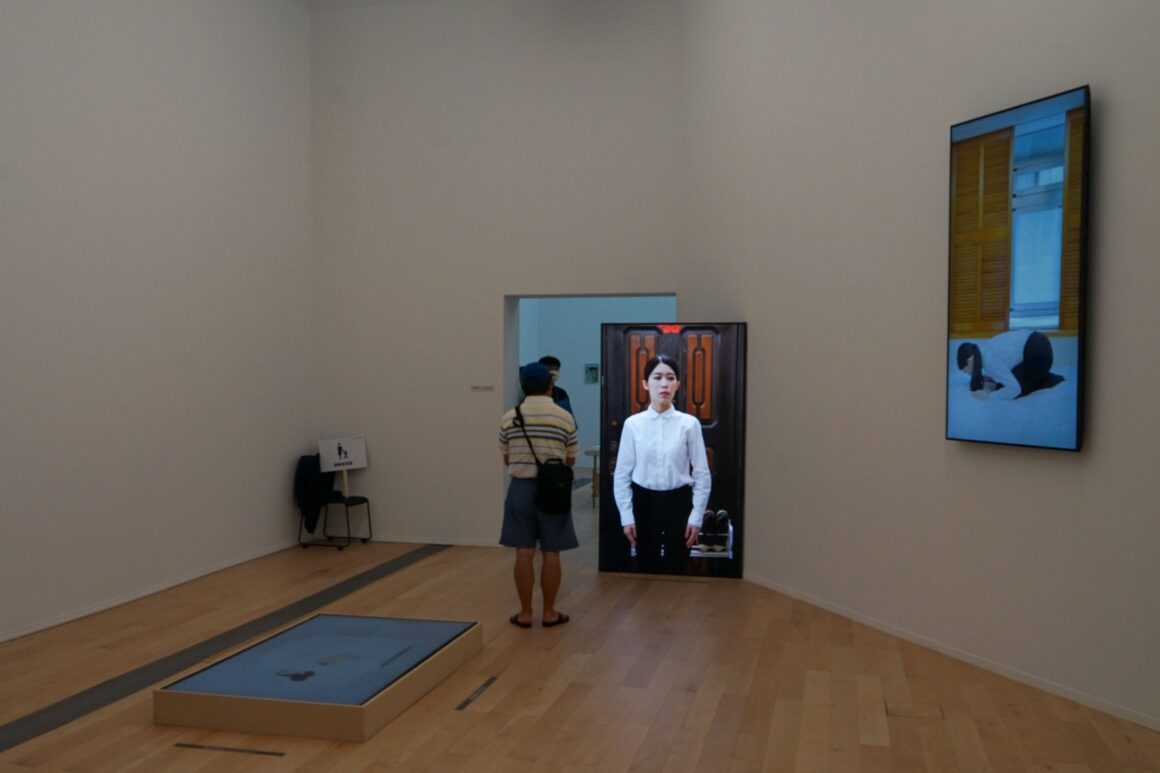
For Frankie Su (蘇珀琪), the deputy director at NTCAM, this means the area is a fertile ground for art. Yingge’s rich local temple culture is another indicator that the city government picked the right place for such a flagship institution—after more than 20 years of deliberation and planning.
In the months before the opening, some in Taiwan’s art and culture world questioned whether the new museum was needed, suggesting that Taiwan’s artistic needs were already well served by the Big Three.
If you want to see historical works, you go to the National Palace Museum. For contemporary arts, there is TFAM. And for what comes after that—emerging or experimental pieces—you turn to MOCA. That’s how the art scene tends to divide itself, and it’s the framework I brought into my conversation with Su: What sets NTCAM apart as the fourth pillar in what many now call the Big Four?
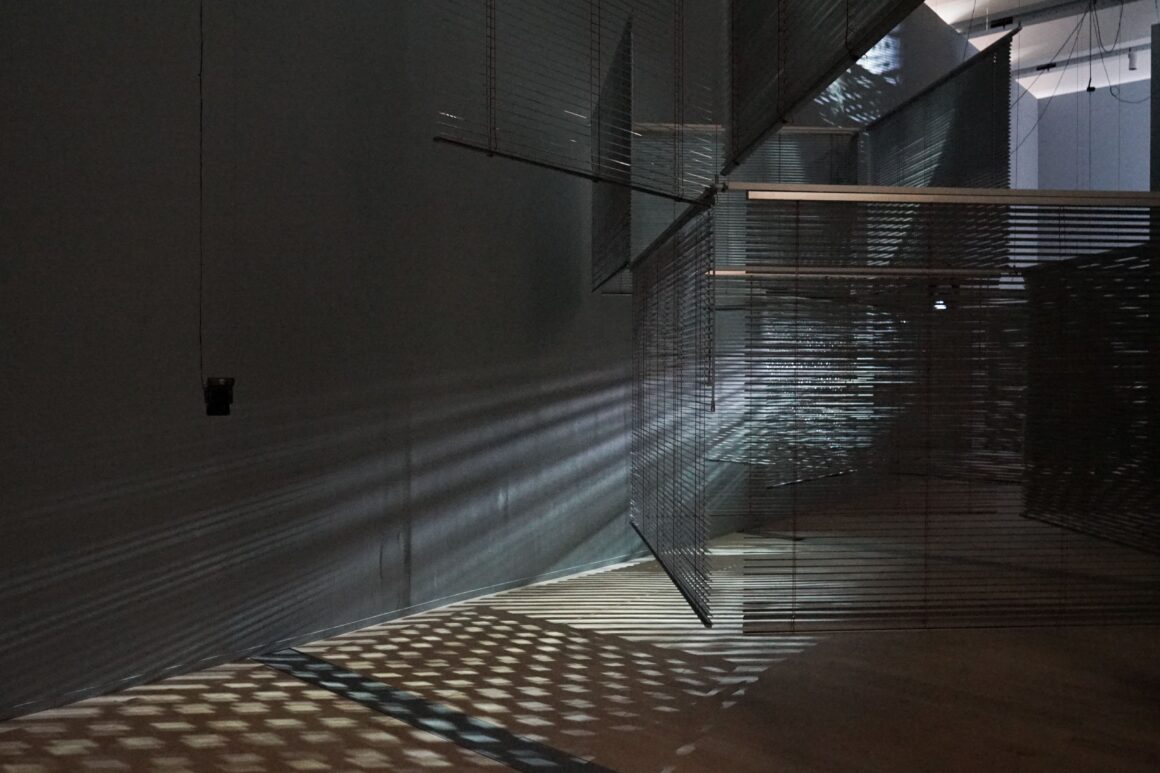
Her answer was as mysterious as it was clear.
“We want to create something interesting,” she said. “The general audience can enjoy art without having known too much about it, without questions about the deep meaning of art.”
So far, NTCAM has drawn impressive crowds—including many visitors who might not typically frequent art museums. While free admission certainly helps, it’s the museum’s broader appeal that stands out: people from all walks of life seem genuinely curious to see what it’s all about.
Visitors who are new to the art world are indeed a focus group for Su and her team, not just an afterthought.
“They are a piece of white paper eager to soak up whatever we give them,” she explained.
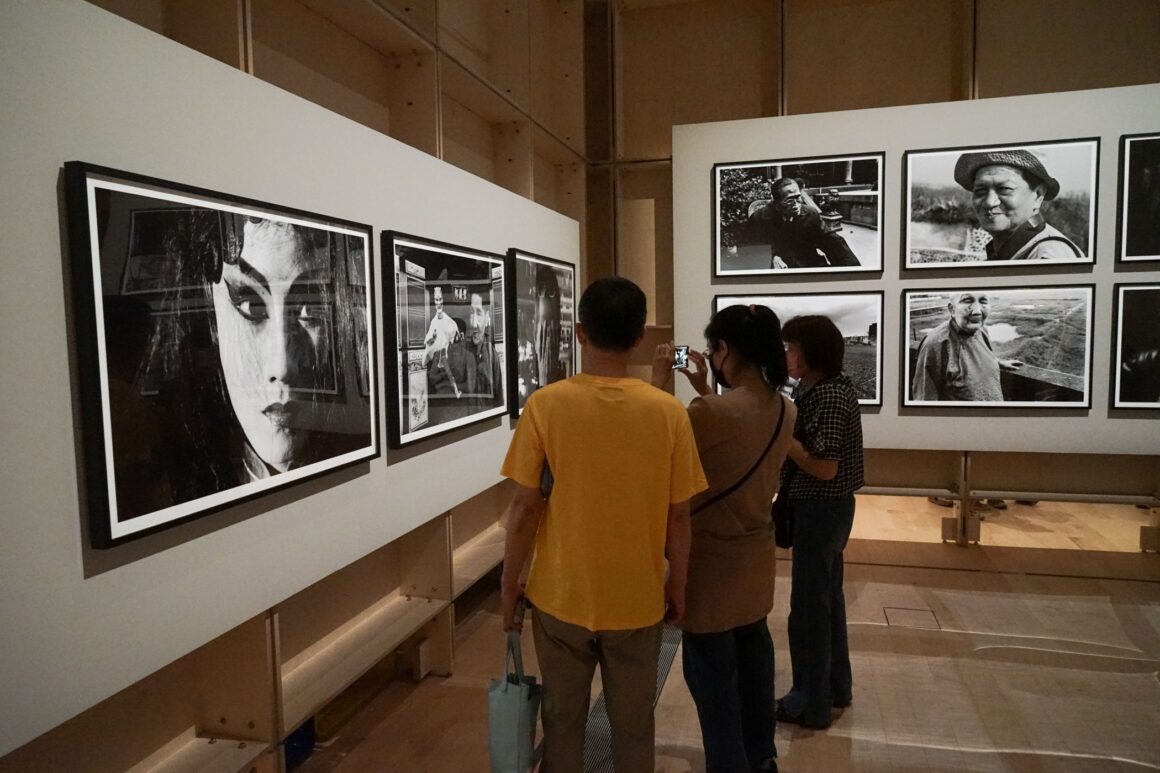
Something for everyone
That said, NTCAM also offers a lot to dedicated art lovers, such as Cyan and Audrey from Taipei, who visited the museum the same day I was there.
I asked them a variation of the question that I had also asked Su.
“I think this one is better,” Cyan said in reply. “It’s because the layout of the museum is better designed and it is more comfortable to visit. Each floor is clearly divided, with one theme for each. The visitor experience is very good, and there’s plenty of space and many rest areas.”
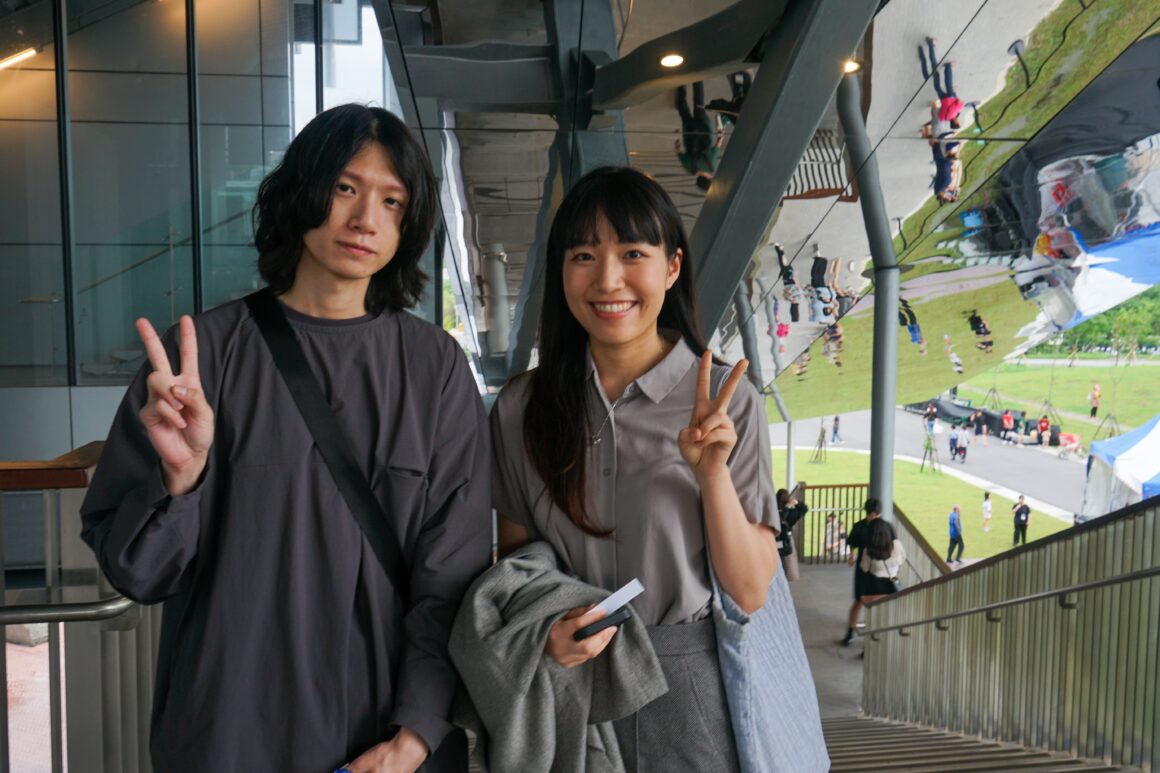
Others, such as Alan, who visited the museum with his wife and two kids, pointed to the architecture of the museum, saying it took center stage in his view.
Nonetheless, some exhibits, especially historic photos, “really transported me back in time,” said Alan, who is originally from California.
This was in line with my own impression, and it also reflected what Su had said about creating an experience that cuts through the eras, even though contemporary art, and especially mixed-media and video art, dominate.
The most impressive piece, in my opinion, is Don’t worry, Baby by The Xindian Boys (新店男孩) artist collective. The site specific installation—featuring game engine-generated video, mixed media and physical installations—transports the audience to a parallel universe-version of a suburban riverside park. They can immerse themselves in this uncanny world of lush green vegetation populated by strange humanoids figures. Something is mysteriously off, but that’s the point of the piece.
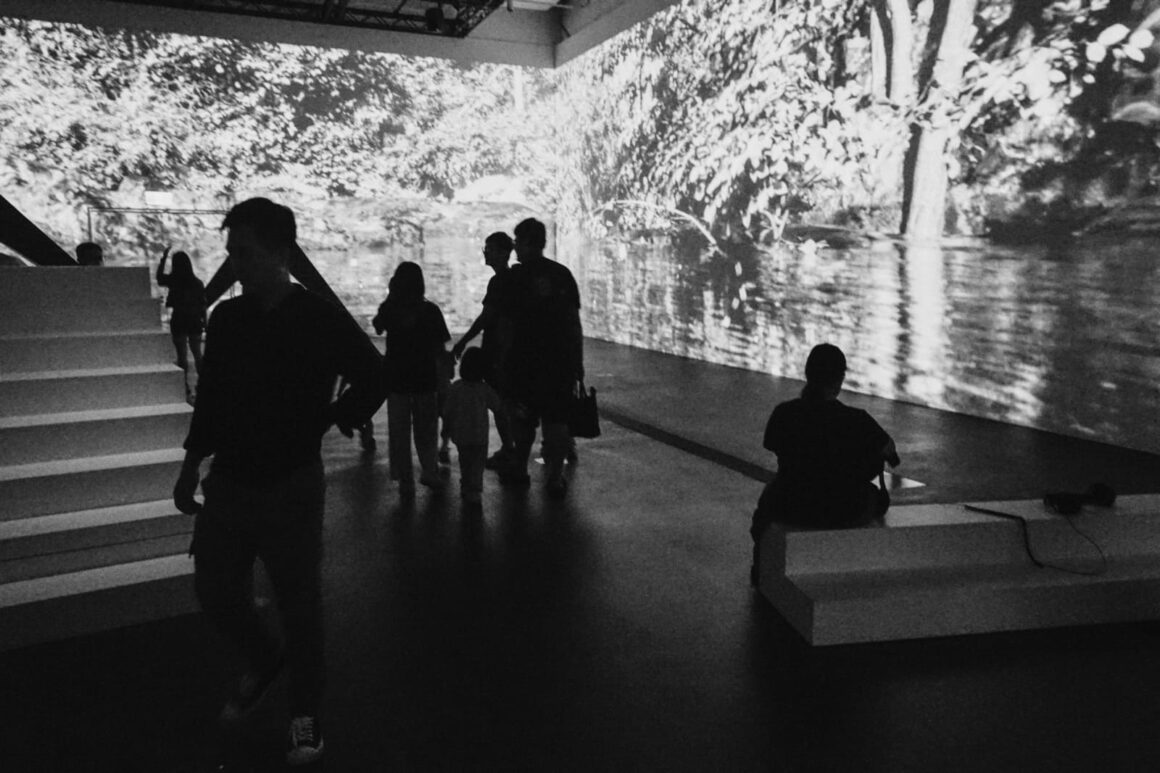
However, there’s also traditional art on display—pottery, for instance – this is Yingge after all – and an impressive spotlight on Taiwanese photography from the mid-20th century through exhibitions of the works of Chang Chao-tang (張照堂) and Cheng Shang-hsi (鄭桑溪). Their photos are from the city’s own collection, and it was about time they got a worthy home.
Just like Cyan and Alan, I felt like the museum was guiding me through the ages and movements of art—without too much explanation, without forcing the experience of art into a stiff academic framework.
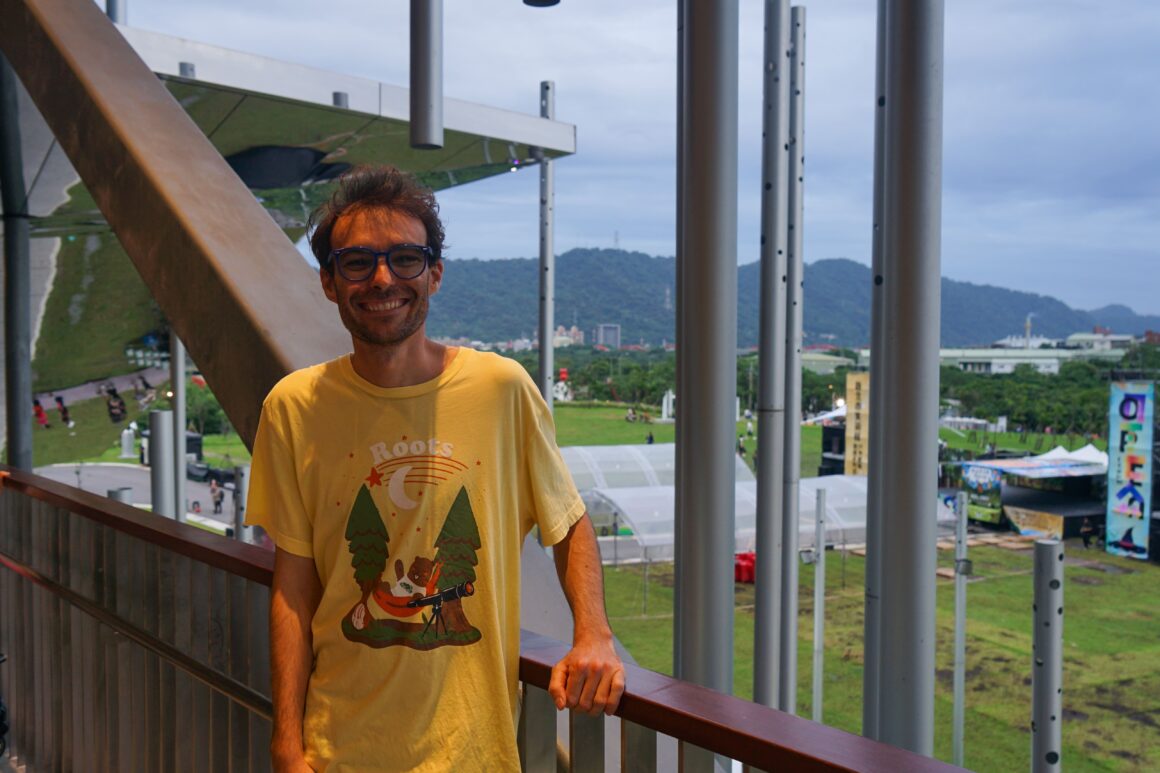
I worked my way up the exhibition floors and finished in an open space on the rooftop. There are no more exhibits here and the view down to the city and the riverside is deliberately blocked off. The only thing I saw was the wide-open sky above. I felt like standing under the universe’s largest white canvas (or blue, or gray canvas, depending on the weather), but it was truly great, and the experience of art is what had led me there.
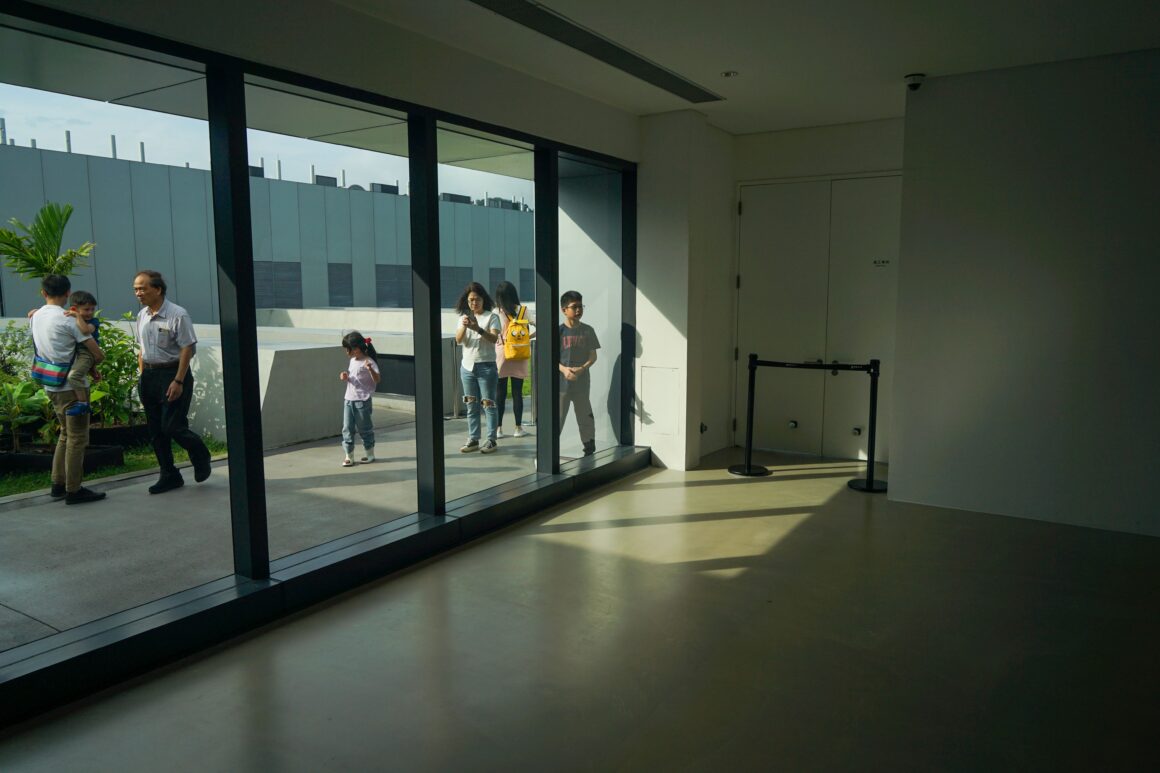
I, too, felt like I was experiencing art in a way that I hadn’t before.
When I shared this impression with Su, she listened intently.
“We talk about a museum for all,” she said. “This is exactly how we should learn from our audience.”
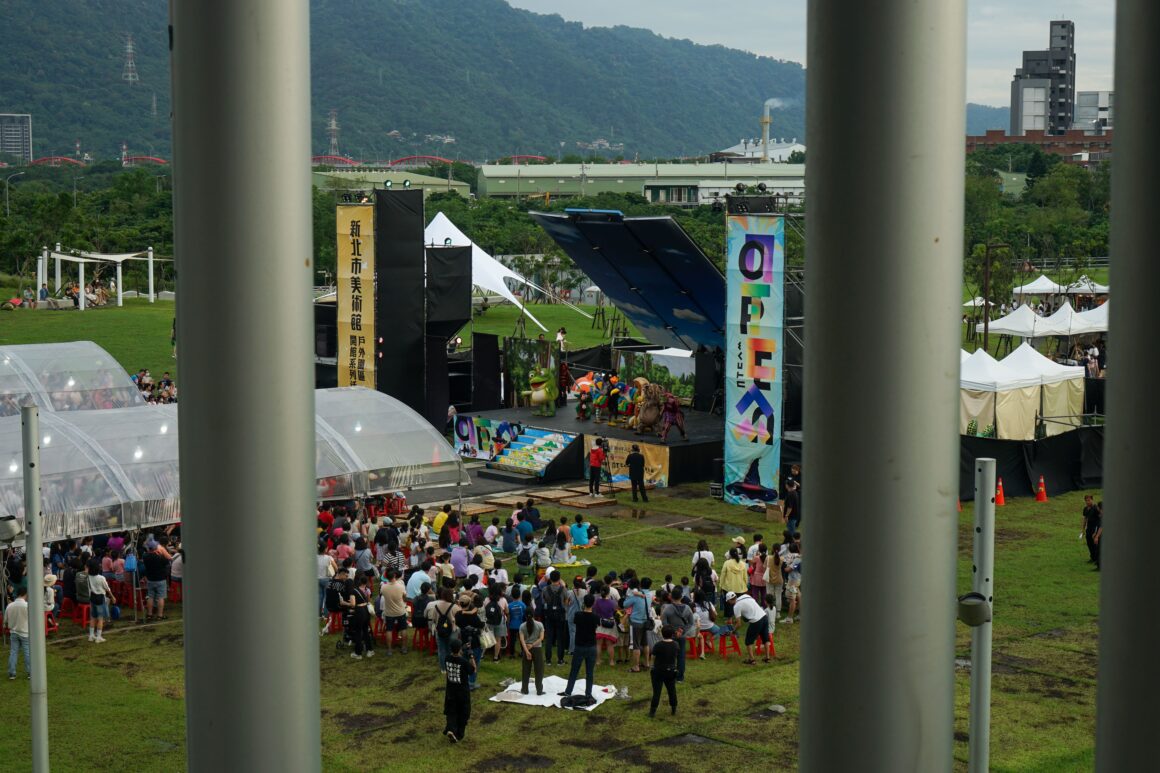
Opening Hours:
|MON|Closed
|TUE|10:00 – 17:30
|WED|10:00 – 17:30
|THU|10:00 – 17:30
|FRI|10:00 – 17:30
|SAT|10:00 – 18:00
|SUN|10:00 – 18:00
✦ NTCAM Park opens 24 hours

